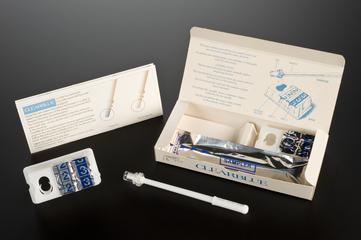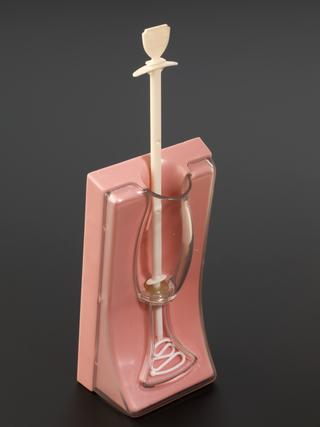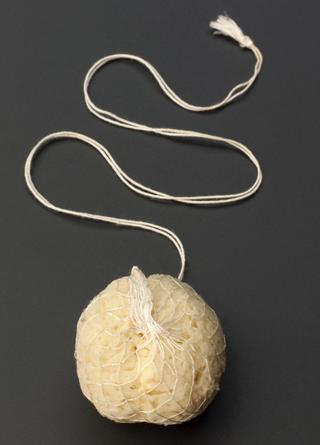
'Multiload-250', intra-uterine device
- PART OF:
- 20 assorted intrauterine devices


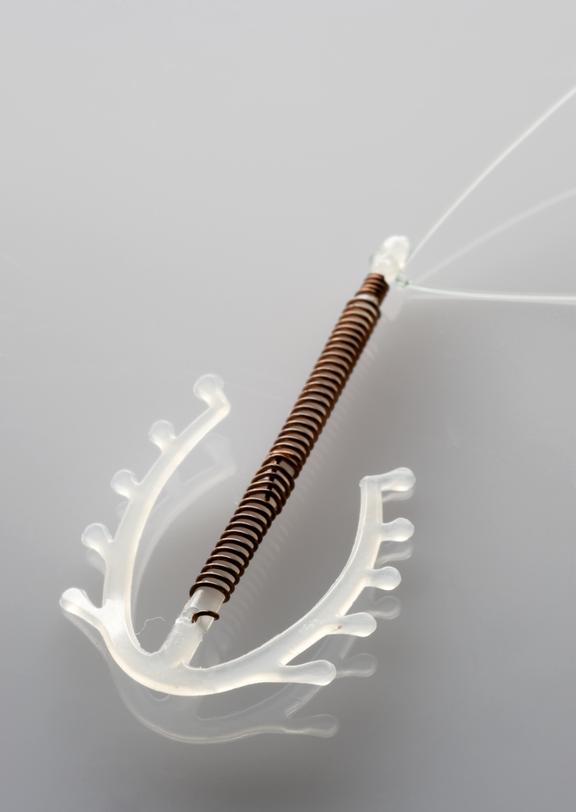
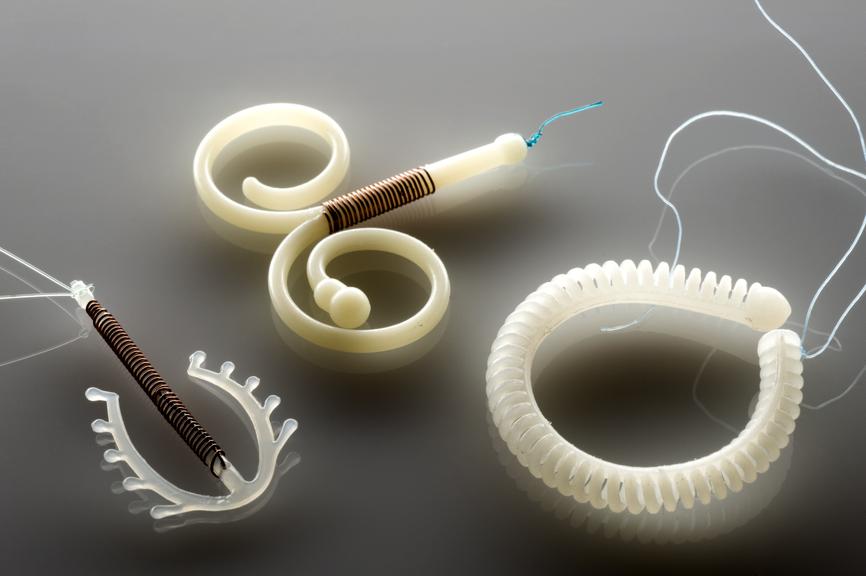
Intrauterine device, "Multiload-250", copper and plastic, 1970-1981
The intrauterine device (IUD) shown on the left dates from the 1970s. It is shaped like a spear and is wrapped in copper filament. IUDs became popular in the 1960s and 1970s. However, scares and litigation in the 1980s made them less common. An IUD works after conception. It stops a newly fertilised embryo implanting and growing in the lining of the uterus. The copper is toxic to sperm, preventing fertilisation. The IUD is now the most inexpensive long-term reversible method of contraception available.
Details
- Category:
- Obstetrics, Gynaecology & Contraception
- Object Number:
- 1981-1396 Pt9
- Measurements:
-
overall: 20 mm x 36 mm x 2 mm, .01kg
- type:
- intra-uterine device
- credit:
- Institute of Population Studies
